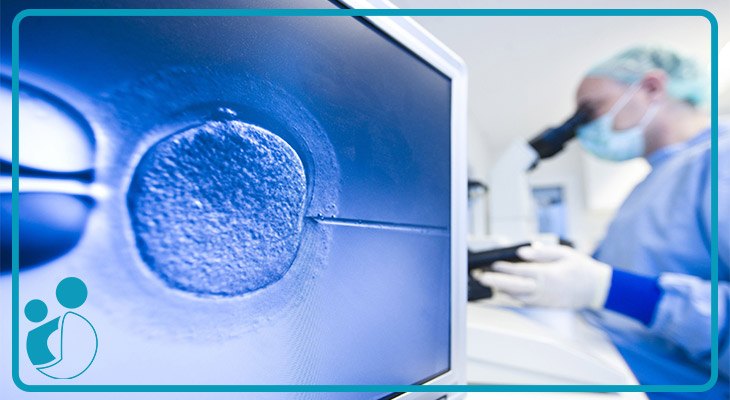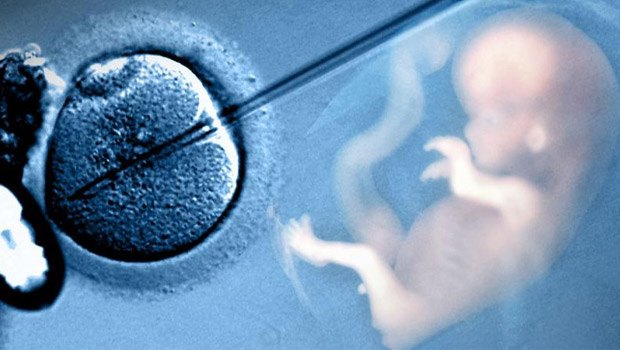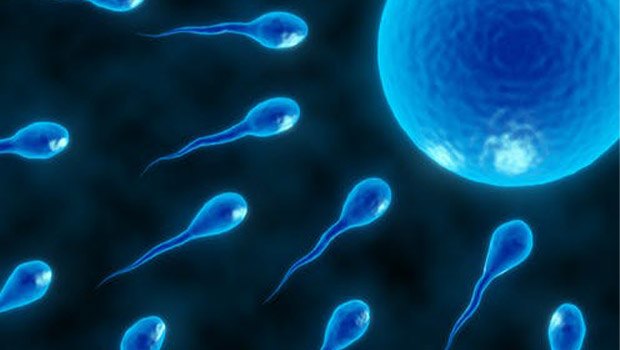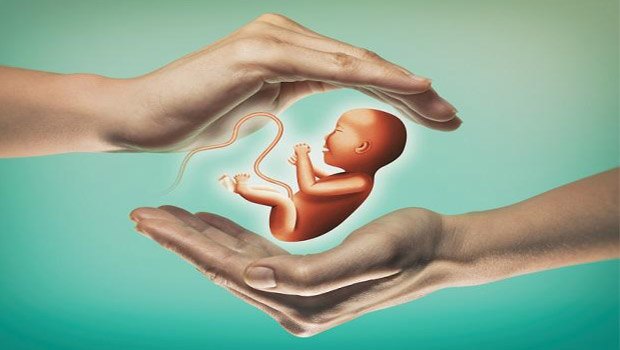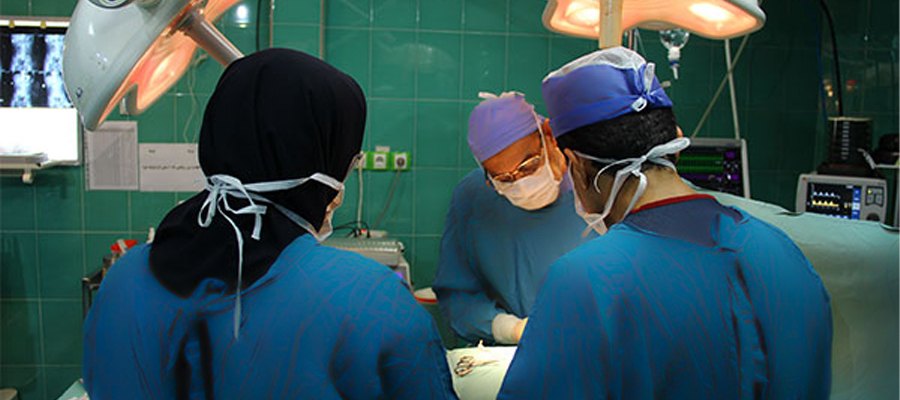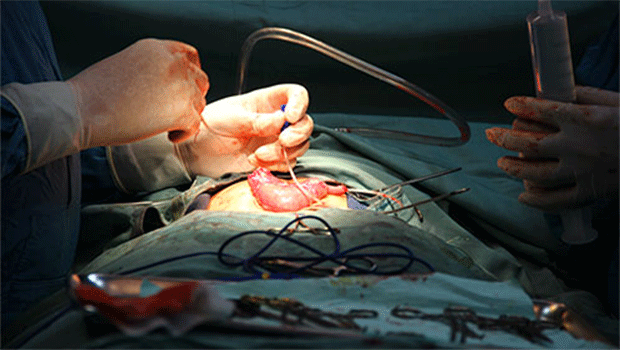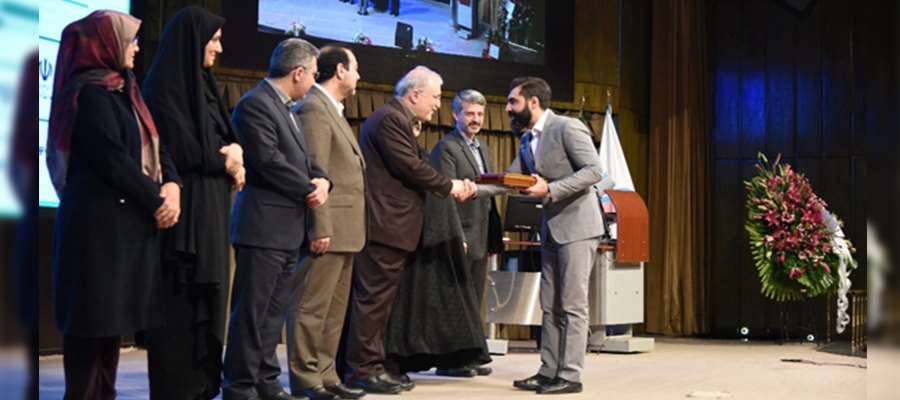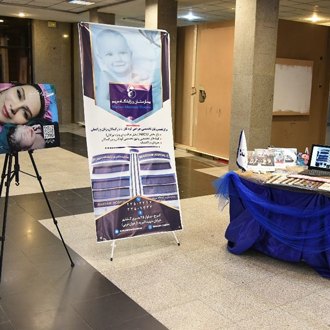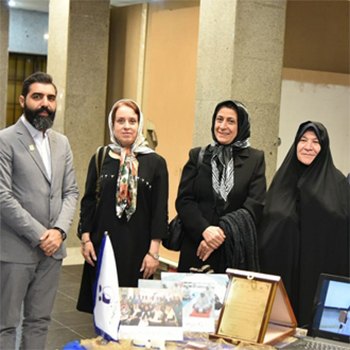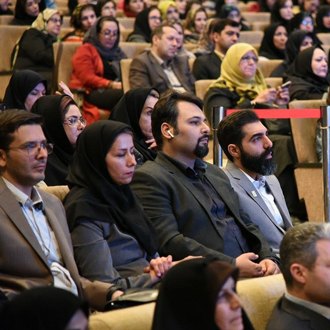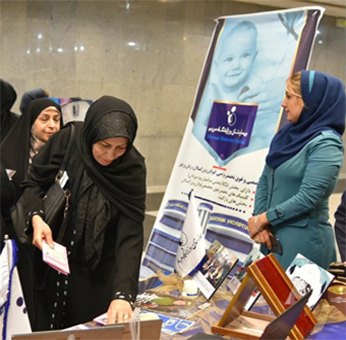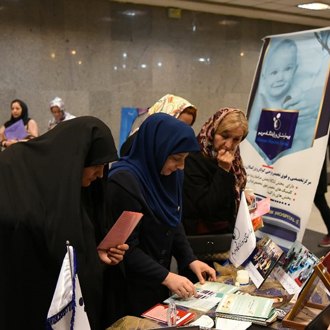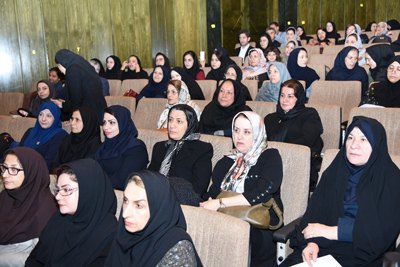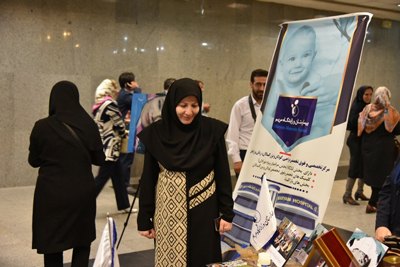Infertility is one of the
most important problems of young couples these days.
Many couples face IVF
when referring to infertility centers. One of the most effective and ultimate
ways to treat infertility today is to use IVF. This method is usually done
after trying other methods of pregnancy.
What is IVF?
IVF means in-vitro-fertilization and this is a new way to
treat infertility. In this method, the egg is fertilized outside the mother’s
body and then transferred to the uterus for more probable growth.
IVF is a complex process of several medications and
combinations that treat infertility and prevent the genetic problems that the
infant may have.
In this method, mature and complete oocytes are taken from
the ovaries and fertilized by sperm in vitro. After some time, these fertilized
eggs are transferred back to the uterus. This takes about three weeks or more.
IVF is one of the most effective methods of infertility
treatment among couples because this method uses the parent’s sperm and egg. In
some cases, the uterus may not be able to hold the embryo, so a rented uterus
may be used.
The younger the age, the higher the IVF response. The chance
of getting pregnant in this way depends on some important factors such as age
and genetics.
IVF is a relatively costly and time-consuming procedure.
Young couples can usually use less risky and less invasive methods before
undergoing IVF.
Many women need more
than one round of IVF surgery. This process can take months. Sometimes it works
in the first stage, and sometimes by repeating it, fertility results.
IVF certainly raises the chances of getting pregnant, but
because of the different body types, IVF may not work for everyone.
What is Infertility?
Lack of fertility after a year of unprotected intercourse is
called a woman’s infertility.
The probability of pregnancy is about 25% in a menstrual
cycle. A healthy woman should become pregnant within six months of
non-prevention. Finally, 90% of women become pregnant after one year. About 10%
to 15% of women who are not pregnant after one year are suffering from
infertility.
Many infertility problems are resolved by obstetricians and
gynecologists today, but in some cases, the cause of some infertility remains
unknown.
One of the biggest factors affecting infertility rates is
aging.
Women’s fertility
reaches its peak at the age of 20 to 24 years. After this age, fertility
decreases gradually. Also, with age, the rate of responsiveness to treatments
is significantly reduced. Laboratory methods such as IVF also have a better
response at younger ages.
The more you find out the infertility problem at an earlier
age, the easier to treat it. There are also many problems with age, such as
genetic problems, congenital neonates, and miscarriages, and the risk of
congenital defects increases.
Ovarian dysfunction, poor egg quality, and lack of ovarian
reserve are factors that occur with age. These factors are also one of the most
important causes of couples’ reduced chance of fertility.
With age, some problems such as uterine adhesions and pelvic
infections increase. These factors, together with factors such as obesity,
hormonal and metabolic disorders, also increase the likelihood of infertility.
Having regular and timely periods does not indicate a woman’s fertility or
infertility.
Fortunately, today, many couples can have children using
different methods, including IVF.
What are the chances of a healthy baby giving birth by IVF?
The first factor in this debate is age. The younger the IVF
applicant, the higher the probability of a healthy baby being born with using
one’s eggs. For women over 41, it is recommended to use donated eggs to
increase the chance of success.
Previous delivery
Those who have already given birth have a higher chance of
using IVF than women who have never been pregnant.
lifestyle
Women who do not have a healthy lifestyle, have been smoking
for long years or have obesity, reduce their chances of IVF success by up to
50%. Excessive alcohol and caffeine use can also have their disadvantages and
can have a negative impact on pregnancy.
In the past, to get the best possible chance, they would lay
3 to 8 eggs in the uterus, which would most likely lead to the birth of twins.
Twins can cause premature birth and other complications for the mother and
baby. The safest method is to transfer one embryo.
Phase of ovarian stimulation for ovulation
Medication should be taken 8 to 14 days before IVF to
stimulate the ovaries to produce mature and ready-to-fertilize eggs.
These fertility medicines help the oocytes grow and follicles.
Your doctor will
remove these ready-made eggs from the ovaries and fertilize them with sperm in
the lab to become pregnant. The doctor places one or more eggs directly into
the uterus. Pregnancy occurs when the oocytes are placed in the uterus layers.
The applicant typically needs one to two weeks to ovulate.
It is necessary to stimulate the uterus by injectable hormones to release more
eggs.
The number of eggs
should be greater to increase the chance of them being fertilized. Some eggs
are not normally fertile, and about
two-thirds of the eggs are capable of fertility.
The doctors need an
average of 10 to 20 eggs for IVF.
During IVF operation
During the operation with the analgesics given to the
patient, no pain will be felt during the operation, but he will also be under
the supervision of an anesthesiologist.
The patient underwent light anesthesia during IVF surgery,
and the reproductive specialist uses a small needle attached to the suction
device. The oocytes are gently removed from the ovaries and fertilized by sperm
in a specialized laboratory.
The doctor will extract 10 to 20 eggs with high accuracy.
The eggs are placed in a liquid in a laboratory environment.
Eggs that appear healthy and mature are fertilized with sperm. Three to five days
after fertilization, the embryo is implanted in the uterus again. However, all of the eggs may not be
fertilized successfully.
The whole process of mature eggs extraction from the uterus
lasts about 30 minutes.
Before performing IVF
Before deciding on this procedure, couples should consult
with their doctor about all the issues. This consult is including the potential
risks and the extent of the response. In the end, your doctor will decide if
this method is right for you.
Pre-IVF Preparation
Before deciding to do this, keep in mind that the success
rate largely depends on the age of the applicant.
Before doing so, couples should undergo various screening
tests for eggs and sperm. Some of these tests include:
Egg storage test: This test is performed to determine the
quantity and quality of eggs. An IVF doctor examines follicle-stimulating
hormone and estrogen levels during the first few days of menstruation. The
doctor will check the results with an ultrasound of the ovaries.
Sperm analysis: The treating physician should check the
sperm count and quality analysis before starting the IVF process.
Infectious Disease Screening: Couples will certainly be
screened for infectious diseases, including HIV, before doing IVF.
Embryo transfer: Your doctor will perform tests on your
uterine depth and techniques to increase your chances of success.
Uterine examination: First, a thorough uterine examination
is very important. The doctor carefully examines the extent of the lining of
the uterus by sonohysterography. In this way, a special liquid is injected into
the uterus through the cervix and performs ultrasound from the uterus.
Another method for intrauterine examination is hysteroscopy,
which is performed by a thin, flexible telescope (hysteroscope). It enters into
the vagina and cervix. Besides, checking the fallopian tubes is important.
Important questions before starting the IVF cycle include:
How many embryos are transferred into the uterus?
The number of embryos
transferred depends on the age of the applicant and the number of eggs
retrieved.
The older you are, the more fetuses are usually
transferred into the uterus to
increase the chances of pregnancy.
What about other fertilized eggs?
The doctor can freeze the extra embryos for many years to
use them later on.
Also in other cases, these embryos can be donated to another
couple who have infertility status. In other cases, the clinic will discard the
remaining embryos.
If more than one fertilized egg is transferred to the
mother’s womb, the chance of twin birth increases. Twin or triplet embryos have
many risks for both mother and fetus.
The IVF cycle includes the following steps:
Ovarian stimulation
Ovum Harvest
Sperm harvest
Laboratory fertilization
Embryo transferring to the uterus
A complete IVF cycle takes at
least two to three weeks, and in some cases will take longer.
Laboratory fertilization is
typically performed in two ways:
Once the eggs arrive in the
laboratory, the specialists begin their work to select the most mature and
evaluate the quality of the eggs.
Normal fertilization, which
fertilizes eggs with and healthy sperms in vitro, is called conventional
inoculation.
The second method is the
injection of sperm cytoplasm. In this way, one healthy sperm is injected
directly into each egg. This method’s name is ICSI. In certain situations where
sperm quality is not high on the other hand, IVF efforts are not responsive;
the doctor will use the other methods for egg fertility.
Using vaginal ultrasound and
blood tests, doctors can determine the extent of follicles development and the
response rate to ovarian stimulation.
The use of any of these methods
depends on the opinion of the infertility specialist. Both methods have a
nearly equal chance of success.
IVF can be canceled for a
variety of reasons, including inappropriate follicle counts and premature
ovulation. In this case, the doctor may change the dosage of medicine, and may
eventually recommend that you find another donor.
Embryo transferring to the uterus
The doctor guides the uterus
through the cervix using a long, flexible catheter containing several embryos
suspended in a fluid. If the transferred is successful, the embryo will nest in
the womb after 6 to 10 days.
After embryo transfer
After the embryo transfer
operation, you will have no particular problems and will only experience vague
congestion. It is better to avoid heavy work. If you have severe or moderate
pain after a fetus transplant, make sure to contact your doctor immediately.
You may have an ovarian infection or torsion.
Result
After the embryo transfer
operation and about two weeks later, the doctor will take a blood test from the
mother to determine if she is pregnant.
If a pregnancy has occurred, the
doctor will refer the mother to a gynecologist for receiving prenatal care.
If a person was not pregnant,
after the menstrual period, she may experience the necessary measures for
another IVF.
What are the chances of a healthy baby giving birth by IVF?
The first factor in this debate
is age. The younger the IVF applicant, the higher the probability of a healthy
baby being born using one’s eggs.
It is recommended to women over 41 to use
donated eggs to increase the chance of success.
Lifestyle: Women who have not a
healthy lifestyle, smoking for years, or those who are obese, they reduce the
chance of IVF success by up to 50%. Using excessive alcohol and caffeine can
also have its disadvantages and can have a bad influence on pregnancy.
Side effects after IVF:
Abdominal cramps
Bloating
Constipation
Breast tenderness
If you have
any of the following symptoms, contact your specialist doctor immediately:
Severe vaginal bleeding
Pelvic pain
Blood in the urine
Fever over 38 degrees Celsius



